'Likha 3': Honoring artisans as artists
Why shouldn't we treat our local artisans with utmost respect and appreciation?
By MB Lifestyle
At A Glance
- Photos by Arnold Quizol | Manila Bulletin
Words by Marie Cabili Arcellana
Simpio Mata and Jilmie Busio are artisans from Palawan, makers of hand forged and intricately carved knives, bolos and wood pieces. As their plane landed in Manila where they were to attend Likha 3, they were met as VIPs at the airport.

Their greeter held up a Likha sign, and they were privately shuttled to their accommodations, where all their meals and needs were taken care of. My own sisters were on that same flight, who witnessed Simpio and Jilmie being surprised, humbled and overwhelmed by the VIP treatment accorded to them.
And why shouldn’t we treat our local artisans with utmost respect and appreciation? It would not be an overstatement to say that they are truly national treasures, indispensable in sustaining the very fabric of our national identity.
Likha, the annual assembly of master craftsmen and women from all over the country seems to beg this question.
When I listened to Coj Tamano, Provincial Tourism Officer of Lanao del Sur, in his short lecture at Likha 3 say that, “When the word artisan is uttered, it gives the impression of anonymity. On the other hand, when the word artist is mentioned, there is bio data attached to it. The artist is known by name, whereas the artisan generally remains unknown," I had to question my own perception of the term Artisan.

Even as I have always personally appreciated local culture, having lived my colorful childhood in Lanao and having danced for years with the Bayanihan, I realize that I too, have to challenge my own adapted and adopted notions of differentiating the artisan from the artist. Without getting too much into semantics, perhaps it’s time to approach these two titles as on par with each other?
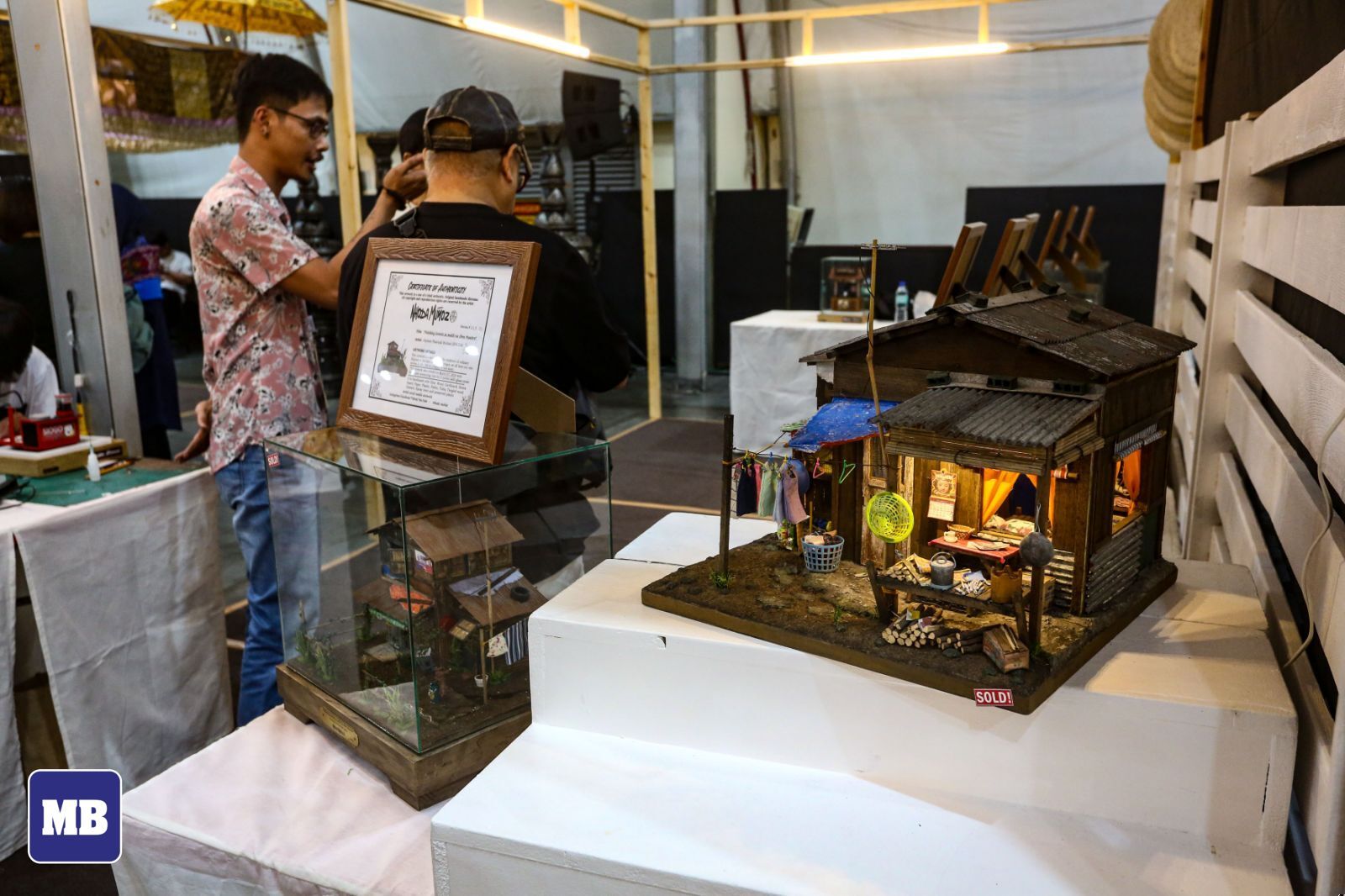
It only takes a stroll through the myriad booths and displays at Likha for one’s respect and admiration for our local textile and crafts, and sequentially, for the hands that did the creating, to expand. There were demonstrations of (mind-blowing) bobbin lace making, Baybayin-writing, wood carving, capiz crafting, metal-pounding, brass-forging, basket making, various indigenous fabric weavings, and more, all as the melodious sound of kulintang-playing filled the air. Available for purchase were one-of-a-kind pieces from these cultural artists.
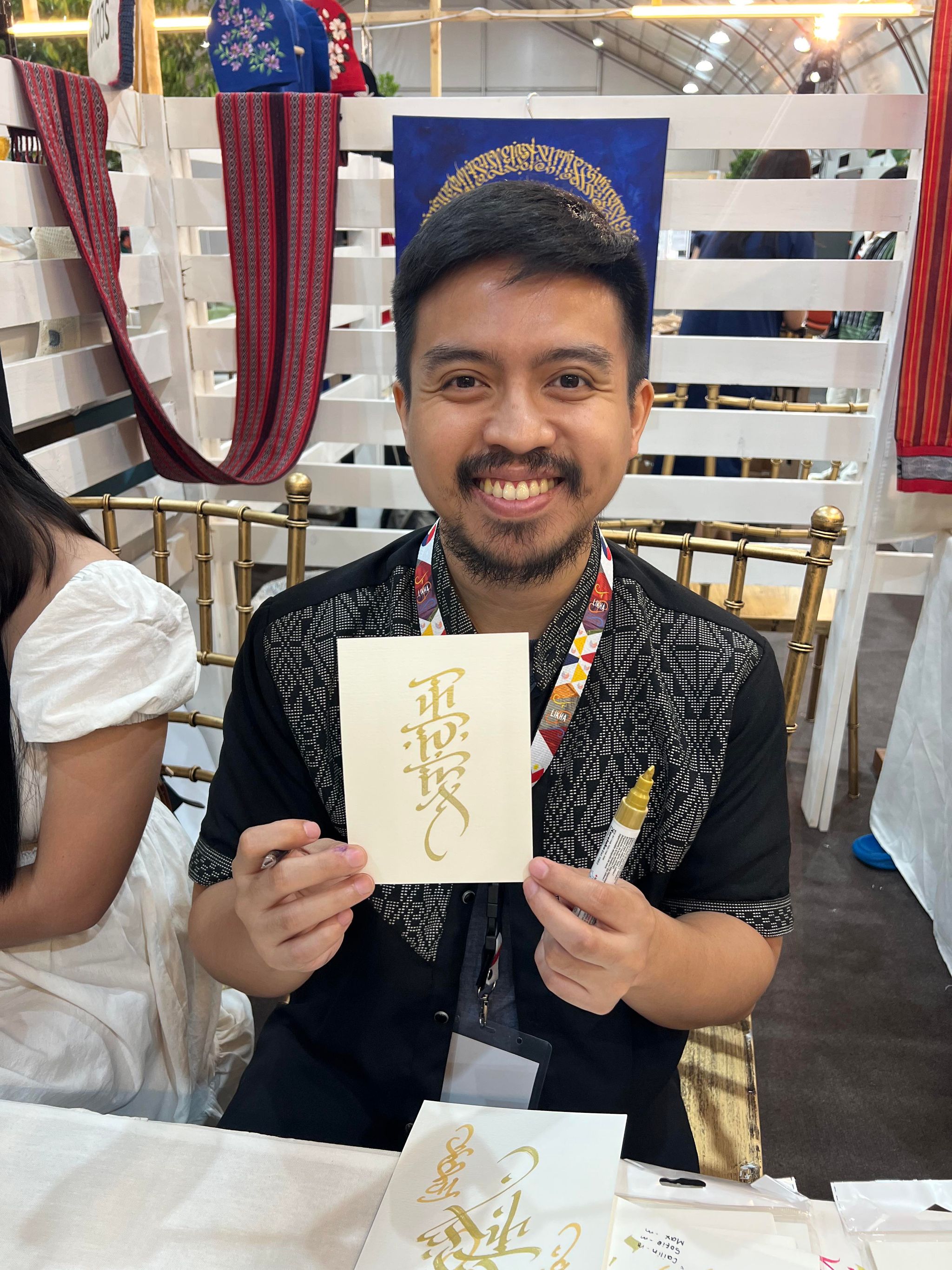
My own purchases were some personalized renderings of loved ones’ names in Baybayin (the pre-colonial Filipino writing system), a beautiful T’boli hand-forged brass bell with the most pleasant tone and a colorful banig coin purse from Sulu. Mine was no ordinary buying experience though. As I perused the items, I was able to converse with the makers themselves, oftentimes in my native Bisaya, chatting about their processes and their experiences.
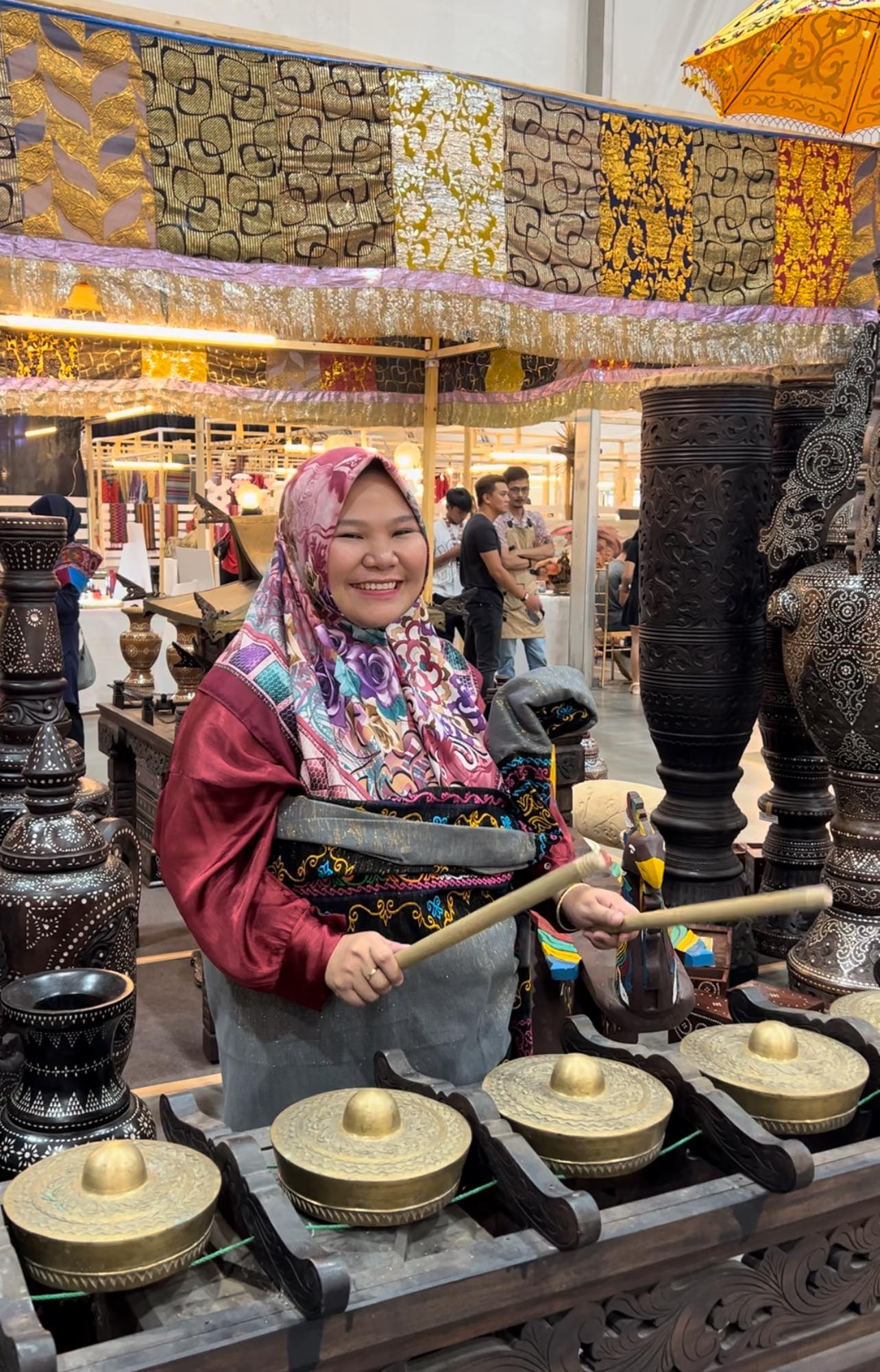
At times, I even got to watch them make something, before my very eyes, and observe them in their creative element. Also on hand at Likha 3 were several booths featuring items by internationally-known brands that work closely with artisans, and that have been at the forefront of empowering them for decades. Among them are members of the Dama Ko Lahi Ko team, which collaborated with Likha for its lecture series.
The feast for the senses that was Likha 3 gave merely a glimpse of how diverse, how exquisite, how interesting, how unique the scope of our archipelago’s culture is. All the more, increasing effort and focus need to be given to uplift the status and the plight of our craftsmen and women.
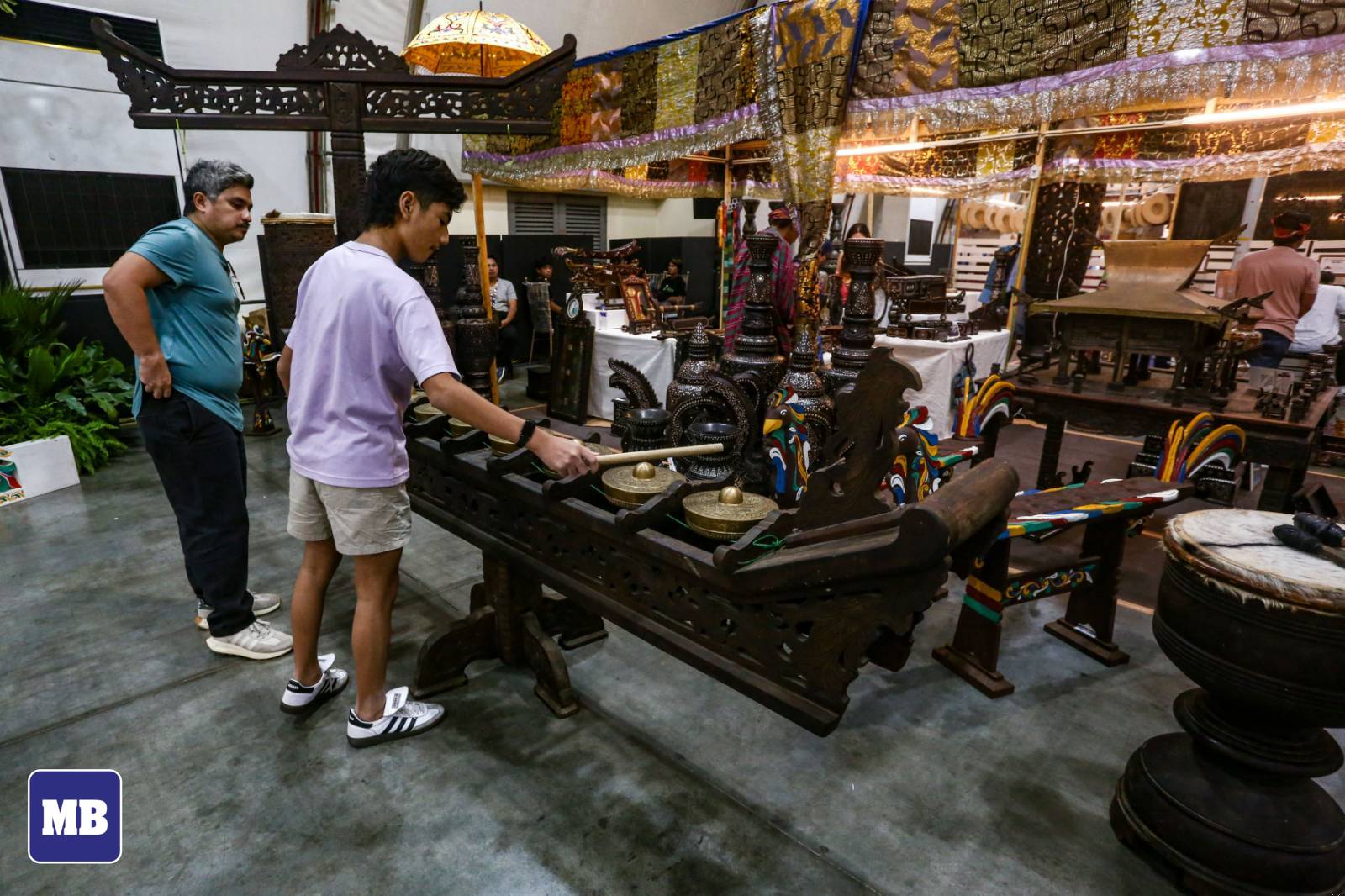
At the end of Likha 3’s Sunday session of short lectures, Eric Zerrudo, Executive Director of the NCCA (National Commission for Culture and the Arts) posed the question to the panelists as to what would be on their wish list in working towards the betterment of the national handcrafting environment.
The panel expressed the vision of reintegrating the Home Economics program in our schools, educating children through K-12, age-appropriately and hands-on, in the artisanal culture of their own region. An aspiration that is shared by many, including Likha’s main proponent, Al Valenciano.
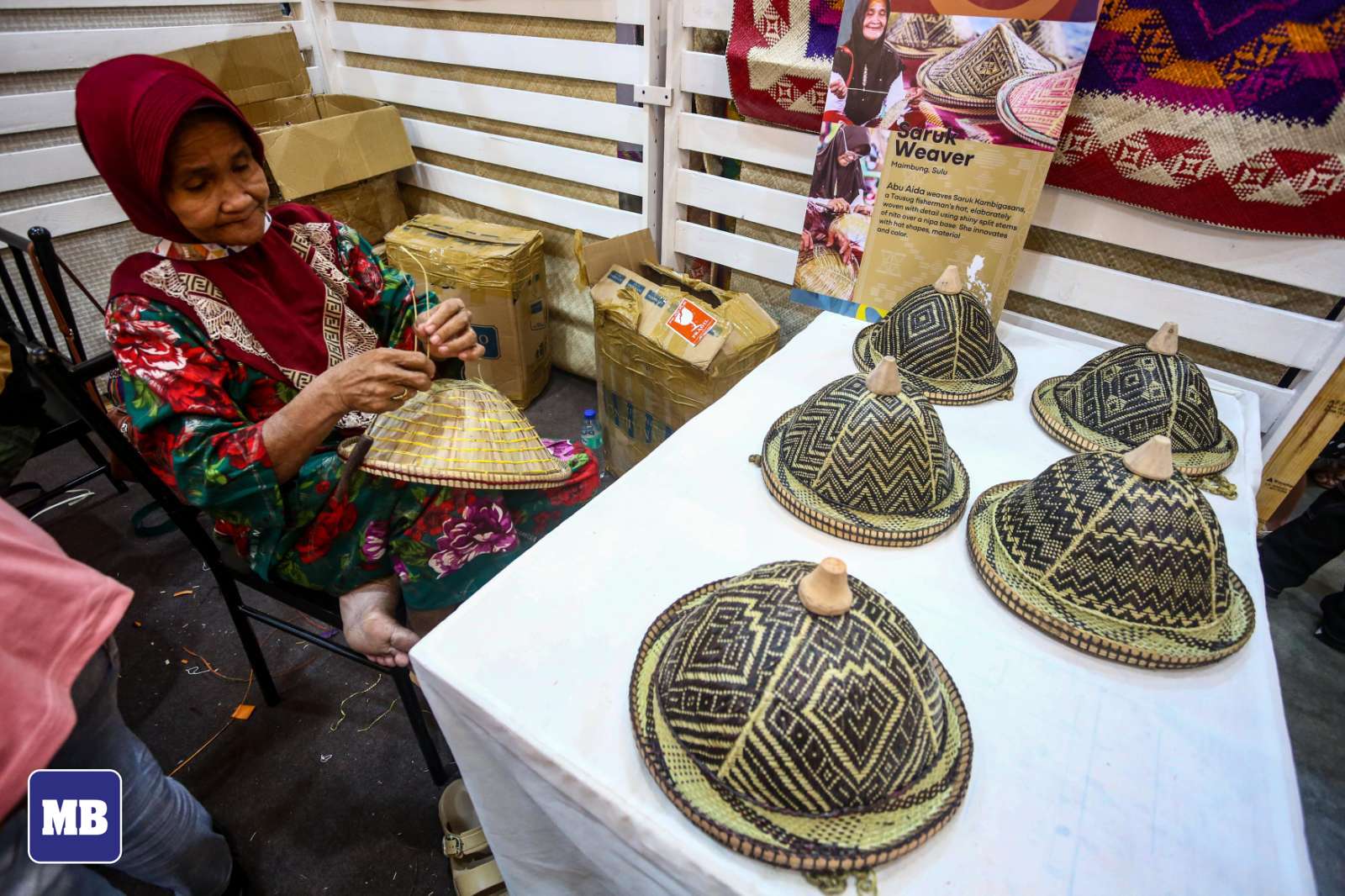
Practically speaking, this would mean something like simple cross stitching in the T’Boli tradition for the elementary level in South Cotabato, for instance, or basic Inabel fabric design for middle schoolers in Ilocos, or bobbin lace making for high schoolers in Iloilo. The option to train under the Artisans to further learn specific crafts would be offered to those interested. Maybe the Artisans could be given Consultant status in schools, again, in line with the elevating of that role. The passing on of the artisanal expertise can be ensured and even multiplied, this way.
Even as the efforts to highlight Artisans need to continue and even intensify, worthy initiatives are already in place to this end, most notable of which is the Gawad Manlilikha ng Bayan, known as the GAMABA, aiming to give honor where honor is due when it comes to our textiles and crafts.
As for Simpio Mata and Jilmie Busio, they return home to Palawan after the culmination of Likha 3, full of learnings from fellow Artisans, a collection of new friends and a desire to come back to Manila for Likha 4 next year. We can only hope that they go home with freshly acquired self-confidence, self respect and honorable pride not only in themselves, but also in their art.
**
Likha is supported by the office of First Lady Lisa Araneta Marcos. Likha 3 ran from June 7 - 11, 2024, as part of the broader celebration of Philippine Independence Day.
Editor's note:
Marie Cabili Arcellana was born in Iligan City and graduated from the University of the Philippines in Diliman. She was a member of the Bayanihan Philippine Dance Company. She and her husband of 29 years, Ben Arcellana, lived in Cebu, Bangkok and various cities around Metro Manila before relocating to Dallas, Texas where they lived for 18 years.
Their older daughter Isabel is married to Devon Gates and they live in New York, while their younger daughter Katrina is married to James Murphy and they reside in Washington, DC.
As an empty-nester, Marie served on the board of Dallas’ Southern Methodist University Mothers’ Club, and on the Collin County Appraisal Review Board. Currently, she works for her sister Len Cabili at Filip + Inna.